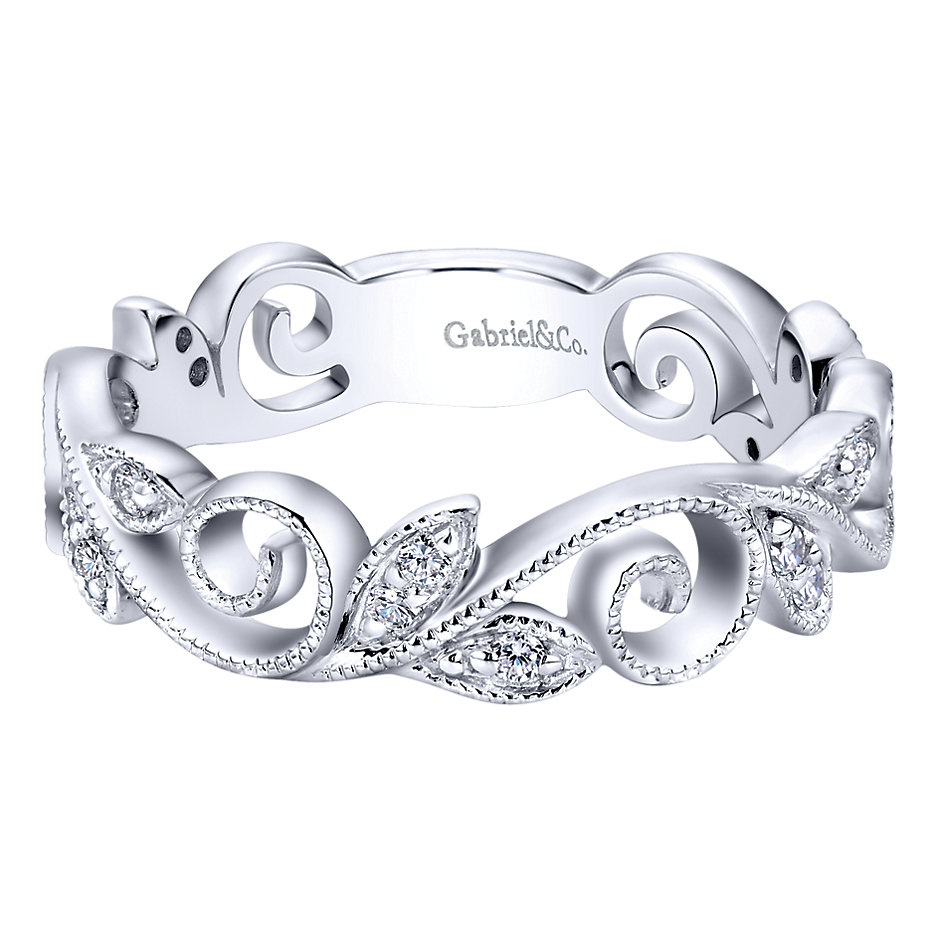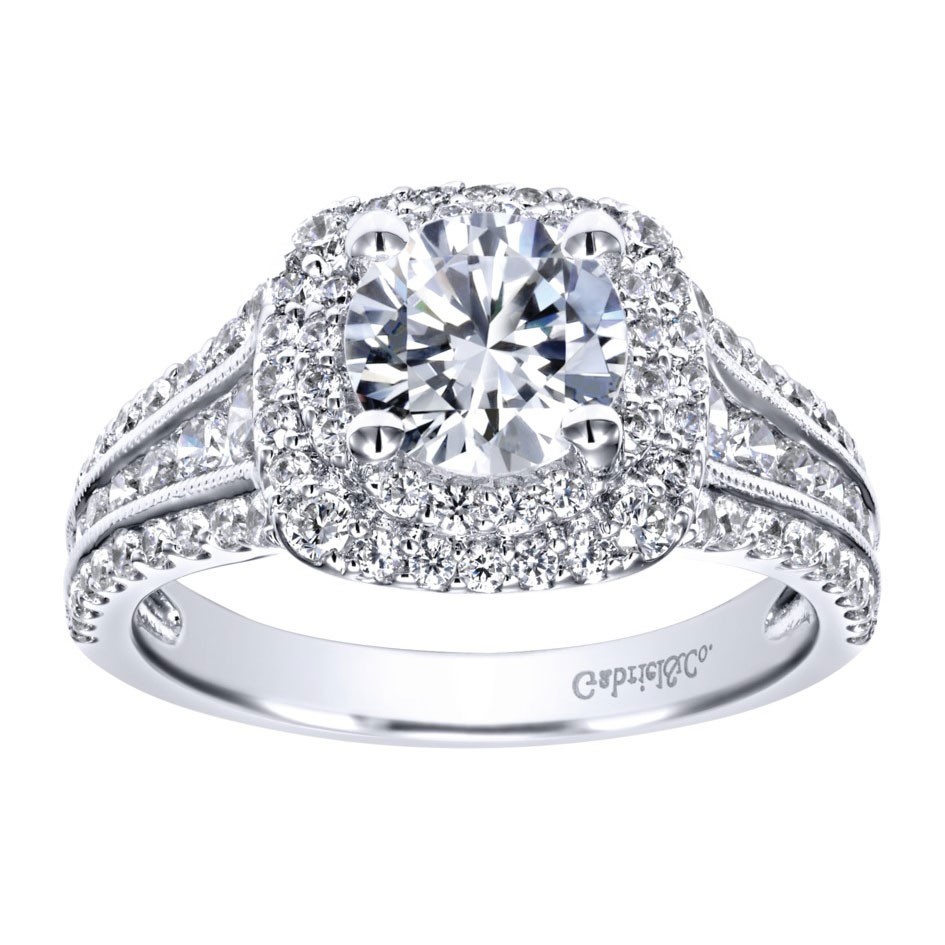White gold certainly resembles platinum in many ways, but inside, it’s still gold. In fact, it’s up to 75 percent yellow gold; the white color comes from the addition of white-metal alloys such as nickel, silver and palladium. Often, white gold is rhodium plated to imitate the look of platinum. The addition of alloys, such as nickel, can alter the gold’s normal properties. For instance, nickel occasionally presents a problem for those with sensitive skin, even though the presence of nickel makes the white gold harder and less likely to scratch. The addition of palladium can create a whiter look, closer to that of platinum, and the metal causes fewer skin irritations, but palladium can be pricey, which decreases affordability.
Platinum Vs. White Gold What’s the Difference?


By contrast, platinum is up to 95 percent pure (some alloys are added to make it more scratch-resistant and less likely to bend). Platinum is hypoallergenic and is the strongest metal used in jewelry, and one that outlasts gold. This purity is a significant factor in its higher price point. Fourteen-karat gold, for example, contains only 58 percent pure gold. Platinum is also about 60 percent heavier than gold, a heft many find desirable.
Close inspection reveals that white gold and platinum aren’t really the same hue. White gold betrays its composition with a yellowish tint while platinum has a natural white luster. Untreated, white gold gives off a soft, warm tone, but rhodium plating can create a shinier, truer white appearance if desired. Keep in mind that the plating will need annual replacement. White gold and platinum both make beautiful jewelry, but knowing exactly how they differ will ensure a purchase that best meets your jewelry needs.
